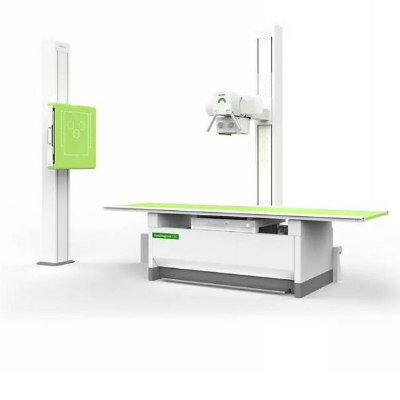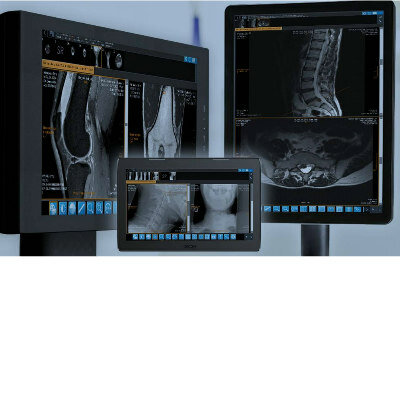fMRI Reveals New Pathway Identified in Parkinson's
By MedImaging International staff writers
Posted on 11 Oct 2010
A new study has identified a unique molecular pathway underlying Parkinson's disease and points to existing drugs that may be able to slow progression of the disease.Posted on 11 Oct 2010
The pathway involved proteins known as polyamines that were found to be responsible for the increase in build-up of other toxic proteins in neurons, which causes the neurons to malfunction and, eventually, die. Although high levels of polyamines have been found previously in patients with Parkinson's, the new study, conducted by researchers from Columbia University Medical Center (New York, NY, USA), which was published in September 13, 2010, in an early online edition of Proceedings of the [U.S.] National Academy of Sciences (PNAS), is the first to identify a mechanism for the reason polyamines are elevated in the first place, and how polyamines mediate the disease.
The researchers also demonstrated in a mouse model of Parkinson's disease that polyamine-lowering drugs had a protective effect. "The most exciting thing about the finding is that it opens up the possibility of using a whole class of drugs that is already available,” stated Scott A. Small, M.D., the senior author of the study and associate professor of neurology in the Sergievsky Center and in the Taub Institute for Research on Alzheimer's Disease and the Aging Brain at Columbia University Medical Center. "Additionally, since polyamines can be found in blood and spinal fluid, this may lead to a test that could be used for early detection of Parkinson's.”
Currently, treatments for Parkinson's can help alleviate some of the disease's symptoms, but they cannot prevent the accumulation of toxic proteins and the death of neurons caused by the disease. When polyamines were analyzed decades ago as a potential therapy against cancer, polyamine-lowering drugs were evaluated and have completed the phase 1 and 2 safety stages of clinical trials. However, whether the drugs can pass through the blood-brain barrier remains to be determined and further testing will be needed. If the drugs can reduce the level of polyamines in the brain, they may lead the way for a Parkinson's treatment that can slow the disease's progression.
"This research has the potential to progress quickly,” said James Beck, Ph.D., director of research programs at the Parkinson's Disease Foundation [New York, NY,USA], which helped support the research. "Equally exciting are the new avenues of research this study opens, hopefully leading to better treatments for Parkinson's disease down the road.”
Although many cellular defects have been found to cause rare, inherited forms of Parkinson's disease, most cases of Parkinson's are caused by unknown alteration inside the brain's neurons. The researchers utilized a wide variety of scientific techniques to search for still unidentified defects in the brain. The range of techniques, which started with high-resolution functional magnetic resonance imaging high (fMRI) of the brain, has been used to reveal previously unknown molecules in the brain that worsen Alzheimer's disease.
Related Links:
Columbia University Medical Center














